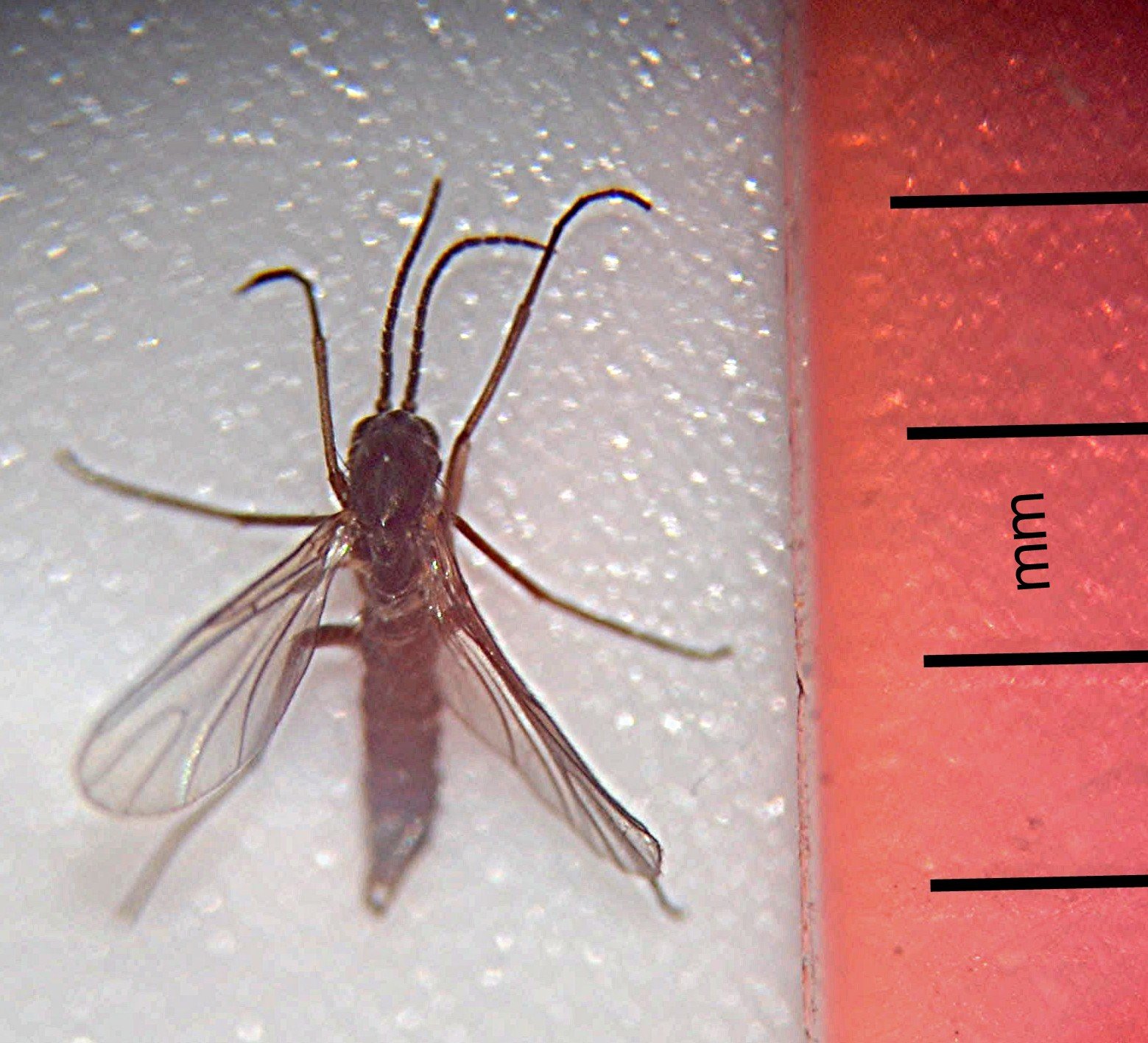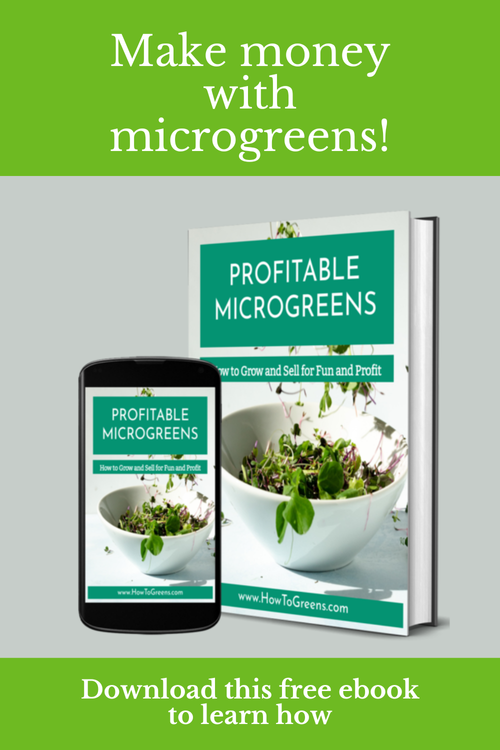Best Natural Garden Sprays: Neem Oil and Baking Soda Explained
/If you’re a gardener, you’ve dealt with garden pests before. This is especially true if you have an edible garden. Too many gardeners aim to eliminate pests completely, but this is neither realistic nor good for your local ecosystem: some insect damage is completely normal and even desirable in the garden. As the saying goes: “If nothing is eating your garden, you’re not doing things right.” Yet this doesn’t mean that you have to sit back and do nothing when herbivore pests invade your garden and seek to destroy all your hard work. In fact, there are lots of things you can do to minimize the damage from insect pests without reaching for synthetic fungicides or pesticides.
Many gardeners are rediscovering the power of natural solutions that are safer for people, pets, animals, pollinators, and the environment. Two of the most effective and accessible remedies are baking soda and neem oil. Used together or separately, these ingredients can help you control fungal diseases and deter herbivore insect pests without damaging your garden’s delicate ecosystem.
Why Choose Natural Garden Sprays?
Conventional synthetic garden sprays contain harsh chemicals that linger in the soil, harm beneficial insects, eventually leach into groundwater supplies through the soil, and may pose health risks to humans and animals. Natural sprays like baking soda and neem oil offer an alternative approach by working with nature rather than against it. They’re biodegradable, affordable, and can often be made from items that you may already have in your pantry or garden shed. They’re one of many tools you can use to engage eco-friendlier gardening practices, which are important for the local environment and produce healthier, more sustainable gardens.
Neem oil is derived from the seeds of the neem tree (Azadirachta indica), which is native to the Indian subcontinent and has been used for centuries in Ayurvedic medicine and traditional farming. It contains a compound called azadirachtin, which is responsible for most of its insecticidal properties. Baking soda, or sodium bicarbonate, is a naturally occurring mineral compound that has been used for everything from baking to cleaning to plant care. While it’s often found in kitchen pantries, it also occurs naturally in mineral springs and is mined in several parts of the world.
How Does Baking Soda Work in the Garden?
Baking soda (sodium bicarbonate) is a time-tested remedy for fungal infections in the garden. It works by increasing the pH (i.e., the alkalinity) on leaf surfaces, making conditions less hospitable for fungal spores to germinate and spread. Most fungal pathogens thrive in slightly acidic environments, and raising the pH creates an alkaline surface that interferes with their ability to take hold. This disrupts the cellular processes they need to grow, reproduce, and infect plant tissue.
It’s important to know that fungal spores are always present in the garden — in the air, soil, and even on plant surfaces. While it’s impossible to eliminate them entirely, using baking soda regularly as a preventive spray can significantly reduce their ability to thrive and cause damage to your plants.
How Can Fungi Affect Plants?
Fungi are one of the most common causes of disease in home gardens. They can attack roots, stems, and leaves, weakening plant tissues and leaving your crops more vulnerable to pests and environmental stress. Powdery mildew, black spot, rust, and blight are just a few examples of common fungal issues you may have already encountered in your garden. These diseases spread quickly in warm, damp environments and can be hard to control once established. In some cases, like powdery mildew, the damage is primarily done to the leaves, rather than the fruits, of plants like zucchini. However, leaf damage also leads to reduced production, and eventually your weakened plant will become a magnet for herbivore insects.
What Pests Does Neem Oil Control?
Neem oil is a powerful, all-natural insecticide that targets a wide range of soft-bodied garden pests, including
Aphids
Whiteflies
Spider mites
Thrips
Mealybugs
Cabbage loopers
Neem oil doesn’t actually kill pests like these; it works by interfering with insect hormone systems, preventing them from feeding, mating, or laying eggs. It also has some mild antifungal properties, making it a versatile tool in your organic gardening toolkit, especially when it is paired with baking soda.
How to Mix Neem Oil for Garden Use
To make a basic neem oil spray, you’ll need the following ingredients:
1 gallon of warm water
2 tablespoons of cold-pressed neem oil
1 teaspoon of mild liquid soap (such as castile soap; do NOT use liquid soaps that contain harsh chemicals or toxic ingredients)
Mix the soap and neem oil together first to emulsify, then add to the water and stir well. Shake your spray bottle or tank sprayer frequently while applying to keep the oil evenly distributed.
Apply early in the morning or late in the day to avoid leaf burn, which can result when the leaves are exposed to intense sunlight. Reapply every 7-14 days, or after rain, for best results.
When to Use Baking Soda (and When Not To)
Baking soda is most effective as a preventive treatment rather than a cure for active infections. However, it can slow the spread of active fungus. Apply it at the first sign of fungal issues or during periods of high humidity when fungal outbreaks are more likely.
Avoid using baking soda:
On very young or tender plants
During peak sun hours (can cause leaf burn)
Excessively, as it can raise soil sodium levels over time
Always spot test on a few leaves before widespread application.
How to Make a DIY Fungicide with Baking Soda and Neem Oil
Combining neem oil and baking soda can offer a one-two punch for gardens facing both pest pressure and fungal problems.
Neem + Baking Soda Spray Recipe:
1 gallon of water
2 tablespoons baking soda
2 tablespoons cold-pressed neem oil
1 tablespoon castile or mild liquid soap (avoid soaps with harsh or toxic chemicals)
Mix the soap with neem oil and baking soda first, then add to water. Stir well and shake before and during application. Use weekly or after rain and always apply in early morning or evening.
Why These Natural Remedies Work Best Together
When used correctly, neem oil and baking soda offer a low-cost, effective, and eco-friendly way to manage common garden problems. While neither is a silver bullet, their combined benefits make them a staple for gardeners who want to grow healthy plants without resorting to synthetic chemicals, which are already a cause for many of the world’s environmental problems.
Remember: consistent garden care, monitoring for early signs of disease or infestation, and rotating your treatments are key to success.
Want even more support in your organic gardening journey? Our Free Resources Library includes a DIY Organic Pest Control Cheat Sheet that walks you through safe, effective options to deal with everything from aphids to powdery mildew.
Sign up today to access this freebie and many more tools designed to help you grow your healthiest, most abundant garden yet!
You may also be interested in…










































If you’re a gardener, you’ve dealt with garden pests before. This is especially true if you have an edible garden. Too many gardeners aim to eliminate pests completely, but this is neither realistic nor good for your local ecosystem. Yet this doesn’t mean that you have to sit back and do nothing when herbivore pests invade your garden and seek to destroy all your hard work. In fact, there are lots of things you can do to minimize the damage from insect pests without reaching for synthetic fungicides or pesticides.